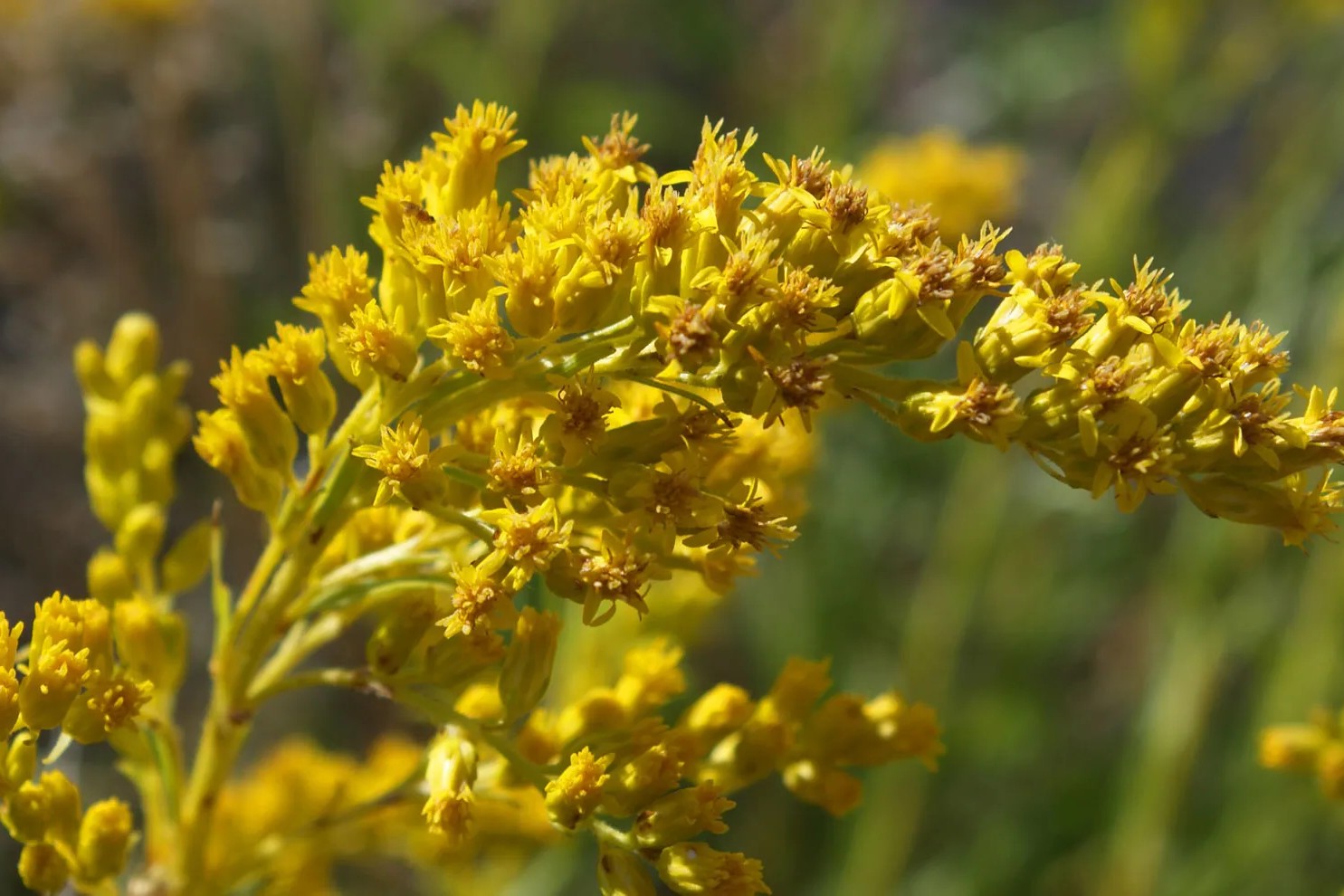
Goldenrod, a vibrant yellow wildflower, often catches the eye in fields and along roadsides. But what makes this plant so special? Goldenrod is not just a pretty face; it's a powerhouse of benefits and history. From its role in traditional medicine to its surprising uses in industry, goldenrod has a lot more to offer than meets the eye. Did you know that goldenrod was once used to make rubber? Or that it can help with allergies? This plant has been a part of folklore, science, and even politics. Let's dive into 25 fascinating facts about goldenrod that will leave you amazed.
What is Goldenrod?
Goldenrod, a bright yellow flowering plant, often gets mistaken for ragweed. However, it’s a fascinating plant with many surprising aspects. Let's dive into some intriguing facts about goldenrod.
-
Goldenrod belongs to the Aster family. This means it’s related to daisies, sunflowers, and asters.
-
There are over 100 species of goldenrod. These species are primarily found in North America.
-
Goldenrod is often blamed for allergies. However, it’s actually ragweed that causes most seasonal allergies.
-
Goldenrod flowers are edible. They can be used in salads or brewed into tea.
-
Goldenrod has medicinal properties. Native Americans used it to treat wounds and sore throats.
Goldenrod in Nature
Goldenrod plays a significant role in its ecosystem. It supports various wildlife and contributes to biodiversity.
-
Goldenrod attracts pollinators. Bees, butterflies, and other insects flock to its flowers.
-
It provides food for caterpillars. Many butterfly and moth species rely on goldenrod during their larval stage.
-
Goldenrod supports bird populations. Birds eat the seeds and insects that live on the plant.
-
It helps control erosion. Goldenrod’s roots stabilize soil, preventing erosion.
-
Goldenrod can grow in poor soil. It thrives in a variety of soil types, including sandy and rocky areas.
Uses of Goldenrod
Beyond its natural beauty, goldenrod has practical uses in various fields.
-
Goldenrod was used to make rubber. Thomas Edison experimented with goldenrod to produce rubber during World War II.
-
It’s used in dyeing. The flowers produce a yellow dye used in textiles.
-
Goldenrod is a natural insect repellent. Its essential oils can deter pests.
-
It’s used in traditional medicine. Goldenrod extracts treat kidney stones and urinary tract infections.
-
Goldenrod honey is a delicacy. Bees that pollinate goldenrod produce a unique, flavorful honey.
Historical and Cultural Significance
Goldenrod has a rich history and cultural significance in various parts of the world.
-
Goldenrod is the state flower of Kentucky and Nebraska. It symbolizes resilience and strength.
-
It was used in ancient Greece. Greeks believed goldenrod had healing powers.
-
Goldenrod is a symbol of good fortune. In some cultures, it’s considered a lucky plant.
-
It played a role in the American Revolution. Patriots used goldenrod tea as a substitute for British tea.
-
Goldenrod was used in folklore. It was believed to have magical properties to find hidden treasures.
Interesting Facts About Goldenrod
Here are some quirky and lesser-known facts about this vibrant plant.
-
Goldenrod can grow up to 8 feet tall. Some species reach impressive heights.
-
It’s a late bloomer. Goldenrod typically blooms in late summer to early fall.
-
Goldenrod has a unique smell. Its scent is often described as spicy or anise-like.
-
It’s used in floral arrangements. Goldenrod adds a pop of color to bouquets.
-
Goldenrod can be invasive. In some regions, it spreads quickly and can outcompete native plants.
Goldenrod's Fascinating World
Goldenrod isn't just a pretty plant. It's packed with interesting facts and uses. From its medicinal properties to its role in ecosystems, goldenrod proves to be more than just a yellow flower. It helps pollinators like bees and butterflies, making it crucial for biodiversity. Historically, it was even used by Native Americans for various remedies.
Goldenrod's resilience and adaptability allow it to thrive in different environments, making it a common sight in gardens and wild areas. Its anti-inflammatory and antioxidant properties have been recognized in herbal medicine.
Understanding goldenrod's benefits and importance can change how we view this often-overlooked plant. Next time you see those bright yellow blooms, remember there's more to goldenrod than meets the eye. It's a natural wonder with a rich history and a bright future.
Was this page helpful?
Our commitment to delivering trustworthy and engaging content is at the heart of what we do. Each fact on our site is contributed by real users like you, bringing a wealth of diverse insights and information. To ensure the highest standards of accuracy and reliability, our dedicated editors meticulously review each submission. This process guarantees that the facts we share are not only fascinating but also credible. Trust in our commitment to quality and authenticity as you explore and learn with us.
